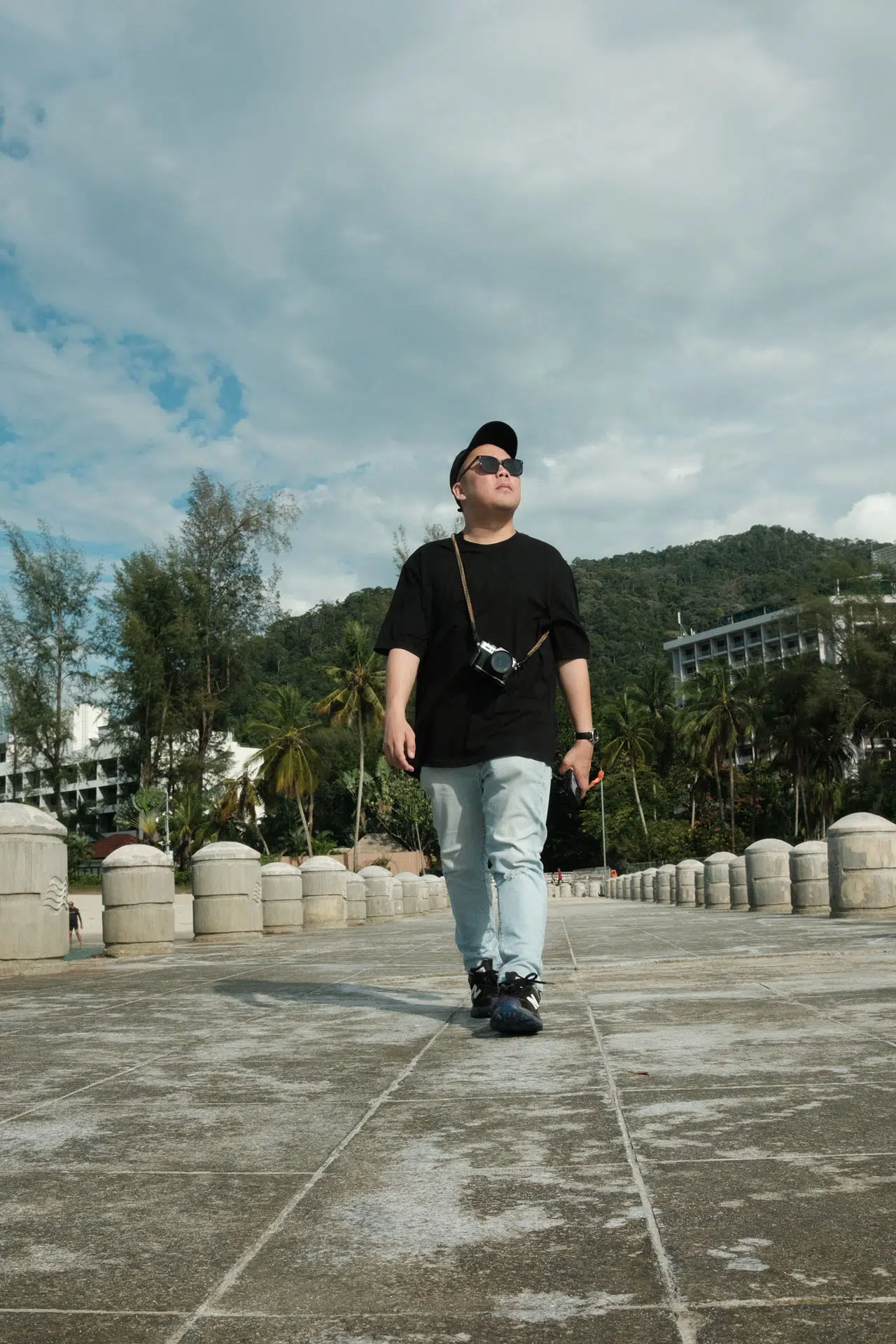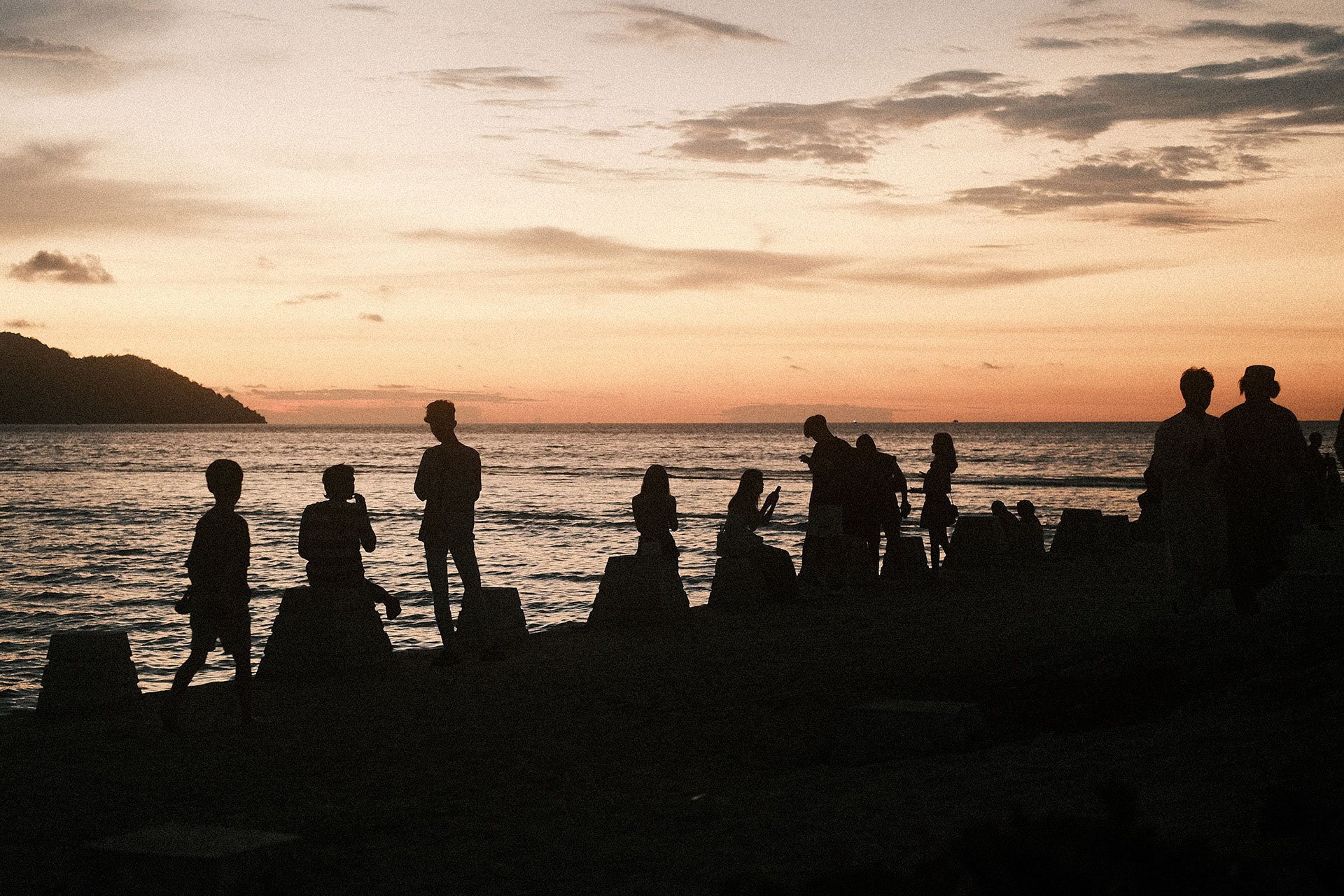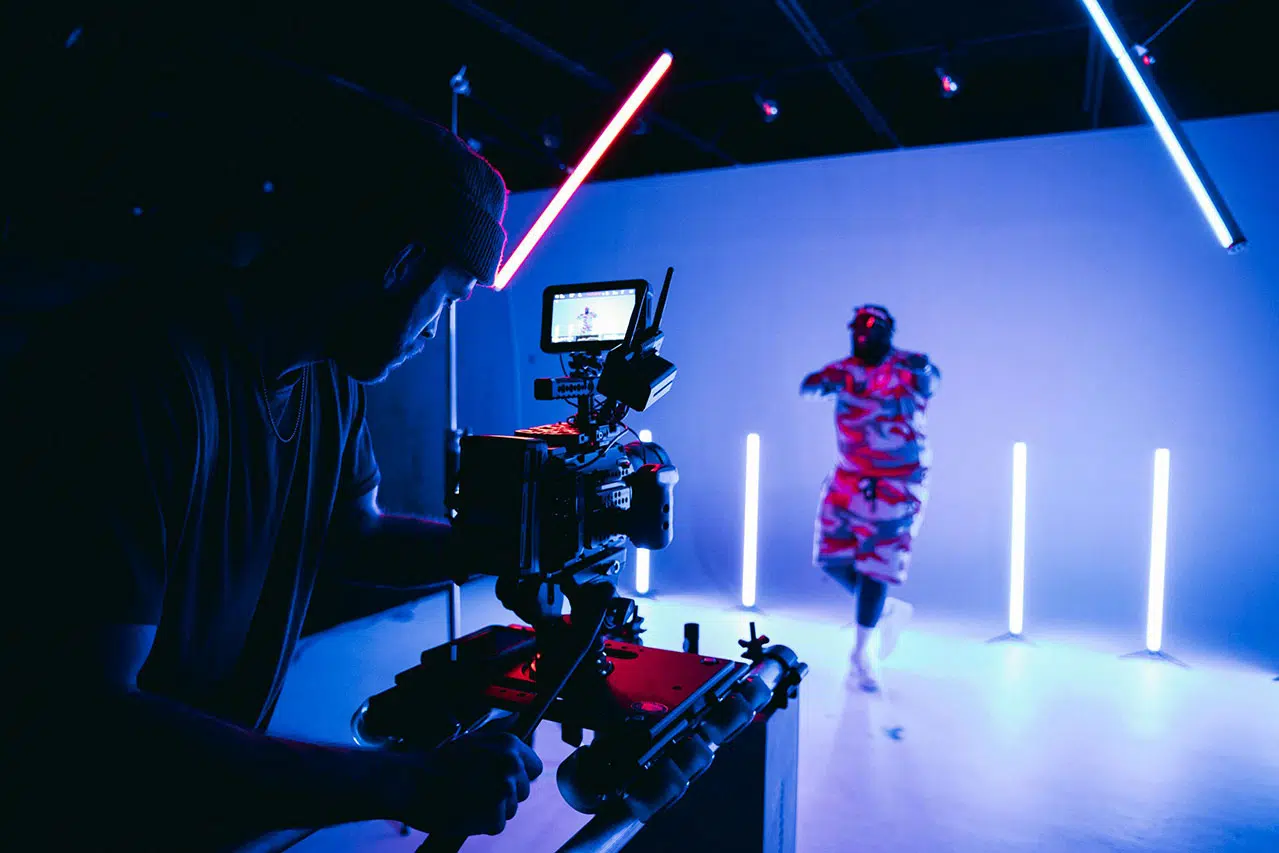If you’re wondering how to take eye-catching and attractive photos, these beginner photography tips are here to help you. Whether you’re snapping shots with a phone or a camera, it’s not about fancy gear—it’s about what you see and how you shoot it.
You don’t need to memorize camera settings or dive deep into technical stuff. Just a few small changes—like where you stand, how you frame your subject, or when you press the shutter—can instantly improve your photos.
These tips are simple and beginner-friendly. You can try them right away, no matter what camera you’re using. Once you understand the basics, your photos will start to stand out on their own. Let’s get into it.
Why Focus on Beginner Photography Tips?
With these simple and easy tricks and tips—by simply using the built-in camera settings and features—follow these steps and you’ll be able to shoot like a professional, even if you’re just new to photography and a beginner.
You don’t need a DSLR or mirrorless camera to get started. The phone in your pocket already has most of the tools you need. Gridlines, exposure control, touch focus—they’re all right there. It’s just a matter of knowing when and how to use them.
Learning how to use light, how to frame a subject, and how to find interesting angles makes a bigger difference than upgrading your gear. These beginner photography tips give you the basics that pros still use every day. Master these, and your photos will start turning heads—no expensive setup needed.

For example, in this photo, I applied several basic techniques: framing the subject with the rule of thirds, incorporating leading lines, shooting from a low angle, and adding a vintage color effect using one of my Fujifilm recipes.
Keep It Simple
Start with one subject. Don’t try to cram too much into the frame. Whether it’s your dog, your lunch, or an old building—make it the star of the photo. Simpler shots are easier on the eyes and way more powerful.
Use the Light You Have
Good light changes everything. The best time to shoot? Golden hour. That’s the hour after sunrise or before sunset when the light is soft and warm. If you’re indoors, use window light. Stand close to it, turn off overhead lights, and avoid using your flash if you can help it.
Turn On the Gridlines
Use the rule of thirds. This is one of those beginner photography tips that instantly improves your framing. Turn on the gridlines in your camera or phone app and use the rule of thirds. Placing your subject just off-center keeps things balanced and more interesting to look at.
Check the Background
What’s behind your subject matters. Before you hit the shutter, look at what’s in the background. Messy room? Trash can? Bright lights? Move a few steps to the left or right to clean up the scene. A simple background helps your subject pop.
Move Closer
Zoom with your feet. Instead of pinching to zoom, walk in. Getting closer brings out detail and removes distractions. Your subject will feel stronger in the frame, and your photos will feel more intentional.
Play With Angles
Most beginners shoot from eye level. Try something else. Get low. Climb a few stairs. Tilt the camera slightly. A new angle can turn a boring shot into something fresh.
Use Leading Lines
Find leading lines that point to your subject. Leading lines are classic and powerful. As far as beginner photography tips go, this one’s a game changer. Look for lines in your scene—roads, fences, shadows—and use them to guide the viewer’s eye to the subject.
Frame the Subject
Use your surroundings to frame the photo. Try framing your shot using natural surroundings. One of the smarter beginner photography tips is to shoot through windows, doors, or plants to add depth. It draws the viewer into the scene and keeps attention on your subject.
Light Editing Goes a Long Way
Skip the heavy filters. Apps like Snapseed or Lightroom Mobile are perfect for quick fixes. Increase brightness, lift shadows a bit, adjust contrast, and sharpen. Don’t overdo it—natural is better, especially when learning.
Shoot More Often
Practice is your best tool. You’ll improve faster by shooting regularly than by reading about gear all day. Try taking a photo every day, even of ordinary stuff. The more you shoot, the more you start to “see” like a photographer.
Simple Skills For The Best Photos

Beginner photography isn’t about mastering every camera setting. It’s about building habits that help your photos look better right away. You don’t need to know everything about the exposure triangle – ISO, aperture, or shutter speed to take great shots. What matters more is how you use what you already have—your eyes, your timing, and a bit of awareness. Here are the basic photography techniques to improve your photography.
These photography tips for beginners to get professional-looking photos are easy to try, even today. Focus on the light—natural light is your best friend. Pick strong subjects that catch your attention, and shoot from angles that feel fresh or unexpected. Little things like stepping to the side, getting closer, or waiting for better light can turn a basic photo into one that really pops.
You don’t need a perfect setup to take good photos. No fancy gear, no big budget. Just a bit of curiosity and the urge to shoot. Look around. Try different things. Don’t be afraid to take a lot of photos and delete the ones that don’t work. Your best shot might be just one small adjustment away—a better angle, a cleaner background, or a softer light.
The more you practice with these beginner photography tips, the more you’ll start to notice the world differently. And once that happens, every place, every moment becomes a photo opportunity. Keep shooting, keep learning, and most of all, have fun with it.





